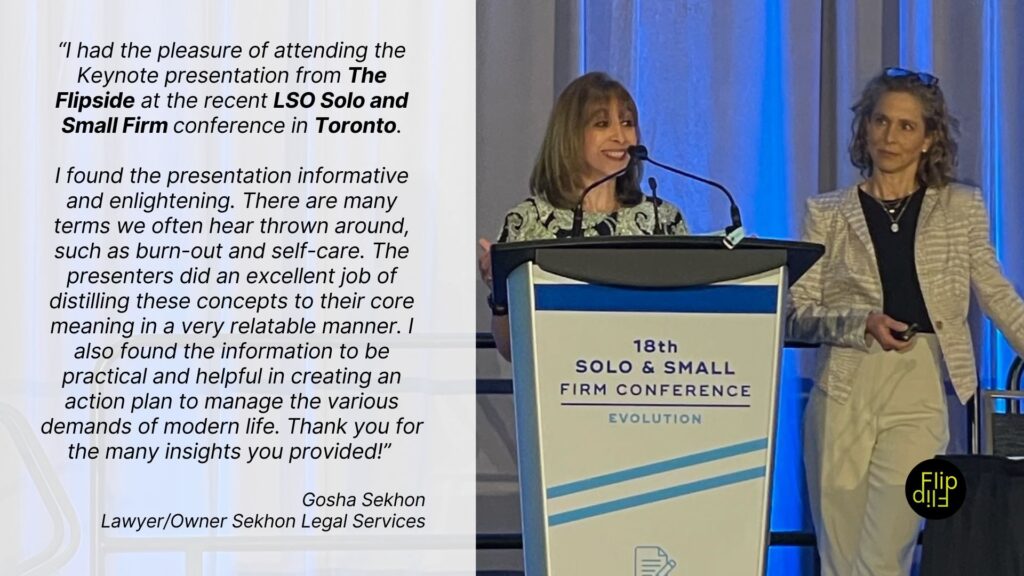Time
Forever Young Memory

Forgetting can be frustrating, especially when it hinders your ability to share knowledge, learn new skills, or absorb information. But don’t be quick to blame age or external factors for forgetfulness. Evidence suggests that there is no such thing as a good or bad memory; rather, it’s about having a trained or untrained brain. Much like your muscles, your brain needs regular exercise to perform at its best, even as you age. Memory is just one of the many mental skills that benefit greatly from brain training.
In the 19th century, a German psychologist named Hermann Ebbinghaus explored the mystery of forgetting. His research yielded the “Forgetting Curve,” a visual representation of how learned information fades over time. This mathematical formula describes the rate at which data is forgotten after initial learning. Over the years, as neuroscience, longevity, and cognitive health research have evolved, Ebbinghaus’s theory has stood strong (see 2015 University of Amsterdam study).
Ebbinghaus demonstrated that memory weakens over time when information remains unused. If you learn something new but fail to relearn or reinforce it, you’ll gradually forget it. Here are three essential principles to understand about learning, forgetting, and what you can do to combat memory lapses.
Use it or lose it policy.
Within the first day of learning something new, up to 80% of the information may slip away if not reinforced. Imagine leaving a class, workshop, or meeting with your head brimming with fascinating facts, only to find that hours later, you can barely recall any of it. The curve of forgetting continues to plunge as time goes by because our brains tend to discard information that doesn’t resurface while exposed to new and constant content. After a month without review, you may only remember 3-5% of what you initially learned.
The University of Waterloo conducted a study that reveals a simple yet effective formula to retain what you’ve learned. Within 24 hours of acquiring new information, spend just 10 minutes reviewing it to raise the curve back to almost 100%. After a week (day 7), a quick 5-minute review “reactivates” the material, boosting retention. By day 30, your brain only needs 2-4 minutes to provide you with feedback.
Take notes effectively.
As there’s a forgetting curve, there’s also a learning curve. Note-taking plays a vital role in combating memory decline. Research shows that taking notes by hand, whether on digital or paper notebooks, creates new neural pathways and encodes information more effectively in your long-term memory. Passive learning, such as rereading a book or relistening to a podcast, doesn’t facilitate this process.
Jim Kwik’s research identifies four elements of effective note-taking:
Have a purpose: Be mindful of what you want to take away from the learning experience. Ask yourself how you can use this information, whom you can share it with, and when you can apply it.
Use a hierarchy: Organize your notes with colours, caps, and underlining to indicate levels of importance, making it easier to filter essential information from random content.
Organize visually: Employ abbreviations, symbols, and connecting lines to create a visual system that saves time and aids active recall.
Use your own words: Avoid verbatim transcription, as research shows that restating information in your own words enhances learning efficiency, while transcribing word by word does not open to new neural pathways.
Teach it and find meaning.
Information with little or no meaning is quickly forgotten. When you listen to a talk on an uninteresting subject, chances are you’ll forget it faster than if it were an engaging and exciting topic. However, in both work and school, there will be occasions when you must learn uninteresting material. In such cases, finding meaning in the information is key.
The easiest way to find meaning is to challenge yourself to teach the material afterward. Make a specific commitment to share the content with someone, even if it’s on a dull topic. For example, if you attend a work-related workshop on a “boring” subject, find someone on your team who might benefit from the information, and commit to sharing it with them within a week. Teaching something you’ve learned stretches your mind and creates new neural pathways.
Forgetting is a natural aspect of memory at any age, but it can be managed and mitigated through training and effective learning strategies. Embrace the “use it or lose it” principle by reviewing learned information within the first day to maintain high memory retention. Adopt purposeful and organized note-taking techniques to cement knowledge in your long-term memory and justify the use of your time. Additionally, find meaning in what you learn, even in seemingly uninteresting topics, by committing to teach others and create new neural pathways.
With consistent brain training and a commitment to lifelong learning, you can unlock the full potential of your memory and embrace new ideas that enrich your life. As Oliver Wendell Holmes once said, “A man’s mind, stretched by new ideas, may never return to its original dimensions.” So, take notes, and share this content with someone this week. Let’s stretch our minds together and embrace the joy of not losing our memory.
Cheers,
Rosana
Disclaimer: Some aspects of memory can change with age. Short-term memory may feel weaker, for instance, and it can be more challenging to learn new things. A great example is learning new languages. But Ebbinghaus’s work as those neuroscientists who have studied cognitive functions shows that training and strategies, as well as a healthy lifestyle (sleep, nutrition, movement, and stress management), can help to keep your memory strong.





